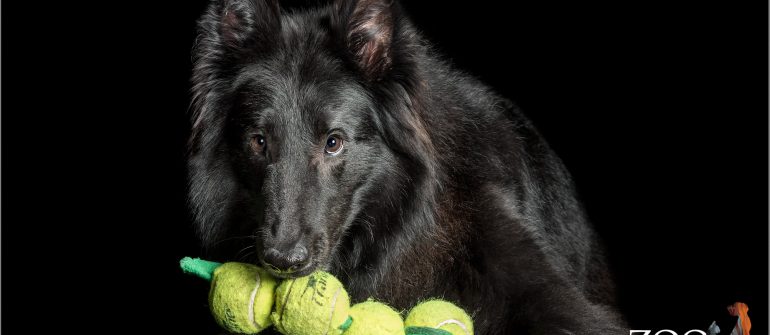I am weary of hearing about OC (Operant Conditioning) and people who believe OC means clicker training. Yes, clicker training can be defined by OC or by another name Instrumental Learning as well as by Pavlovian Conditioning. But damned these things tend to come with some politically charged opinions among the uneducated!
So, let’s look at learning as it pertains to dogs or humans for that matter. What is positive reinforcement? It has nothing to do with “good”. We must deconstruct this laboratory language! Positive means you added something like the + in mathematics. Reinforcement is something that results in the animal referenced doing the behaviour more. So positive reinforcement pretty much means you gave a dog something that caused it to repeat the behaviour. This is viewed as a result, in other words past tense. If I give my kid $20 allowance which includes cleaning his/her room each week and they continue to do this then I have used positive reinforcement to accomplish teaching this behaviour.
- What happens if they fail to clean their room?
- Then I withhold their $20 This is negative punishment…get it I took their $20.
This is intended to decrease their behaviour of failing to clean their room. If it does change their behaviour and they go back to cleaning their room, then we say they learned through negative punishment. What if they thought that $20 was not a big deal? Well you may deal with them in another way maybe by adding a different punishment. You failed to do a known task and you received an unpleasant experience. However, this approach really relies on the kid knowing what was in store. The kid must be aware of the defiance for this to work! Here is the crux with dogs that I have found over the years, they understand less than we believe they do and defy less than we believe they do. I am not going to say that a rolled- up newspaper, known as a correction, doesn’t work. I got a smack across the mouth for bad mouthing my mother once and some fifty some years later I remember it and would not do it again. I knew it was wrong at the time but defied her and got the back of her hand. This is a perfect example of the application of positive punishment. In dog training it is limited in usefulness until training is well accomplished. Yet, for dogs that have many highly rewarding behaviours like our working dogs have through breeding and rearing, it does have a role.
Despite what the uninformed say about it.
There is one other area of reinforcement that we need to discuss. This is where we remove something uncomfortable. So, if you are given a new sweater and it itches something fierce what do you do? You take it off. That sweater just taught you through negative reinforcement. Yep, it is very common in life. Ever wander into a wasp’s nest? Yep, you get the hell out of there! You have learned through negative reinforcement to not hang out around a nest. Natural consequences! The experience of having an unpleasant stimulation you need to do something about, is used in dog training as well. Many trainers use this technique very successfully. It is part and parcel to a disciplined retrieve, to a place board reinforcement (stay on the board or else). It is the heart of most e collar training. Now don’t get all positive only on me here! Or I will positively punish you by kicking you off here – yep that is positive!!! Not all positive is pleasant. It is just an addition.
I was involved for a long time in military dog training and we placed these results under two broad categories. These are inducements and compulsion. In inducements we have things like luring, and capturing using things like food, toys, praise. In compulsions we have punishments using voice, collars, even a heeling stick. There is also enforcement which covers removing an aversive (uncomfortable feeling, stimulation like our sweater example). So when someone tells you that to train in OC you must have a clicker just hold your breath and walk away because they only understand a part of the story! A part I haven’t even included here.
Contact Aline today – Click here
We cover all locations in Brisbane & Gold Coast
- Dog Training Logan
- Dog Training Brisbane
- Dog Training Gold Coast


